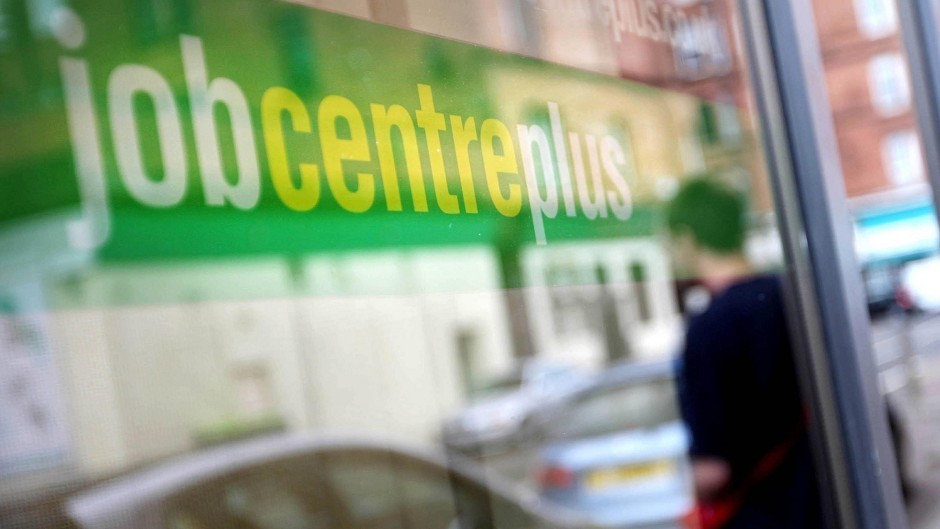Jobless figures for north and north-east Scotland have skyrocketed – the only areas of the country to record a rise.
Shock new statistics show 66% more people claimed out-of-work benefits in Aberdeenshire in October compared to the same month last year.
In Aberdeen the Claimant Count rose by 39%, while in the Highlands it surged by 25%.
Scottish Labour has poured scorn on the figures, claiming they are a damning indictment of the SNP’s failure to tackle the oil and gas jobs crisis.
The party’s north-east MSP Lewis Macdonald said: “The SNP took months to recognise that the oil price crisis was in fact a jobs crisis.
“The facts are staring them in the face now and it is the families across the north-east who are suffering because the SNP looked the other way for too long.
“The falling oil price may be politically embarrassing for the SNP but that is absolutely no excuse for a government failing to stand up for jobs.
“We need a Scottish Government that spends less time congratulating itself and more time taking responsibility for the jobs crisis facing the north-east.
“We urgently need to see a proper assessment by the Scottish Government of the impact of the oil and gas downturn on the north-east and the Scottish economy, and a strategy for turning that round.”
The three local authorities were the only areas in Scotland that recorded a higher Claimant Count in October this year than in the same month in 2014.
The year-on-year decrease in other authorities has been partly attributed to tougher controls on those who claim benefits.
Moray experienced a fall in the Claimant Count of 9%, while Shetland, Orkney and the Western Isles also recorded reductions.
The Office of National Statistics (ONS), which publishes the figures, describe the Claimant Count as “the number of people who are receiving benefits principally for the reason of being unemployed”.
A Scottish Government spokesman said: “Scotland continues to outperform the UK as a whole on employment, youth employment and female employment rates – and while recent oil price trends clearly pose challenges, the north and north-east of Scotland have huge economic strengths beyond the offshore sector.
“While the UK Government retains responsibility for oil and gas taxation, we have acted decisively with the powers we have to support the sector.
“The Energy Jobs Taskforce, launched in January this year, will continue to meet quarterly to oversee delivery of key action areas and monitor movements in the industry.”
Despite the fall in the Claimant Count, the number of unemployed people across Scotland has risen by 11,000, while the UK’s overall jobless total has fallen.
It is the second month in a row that Scotland has witnessed its jobless total rise while unemployment across the UK has been reducing.
